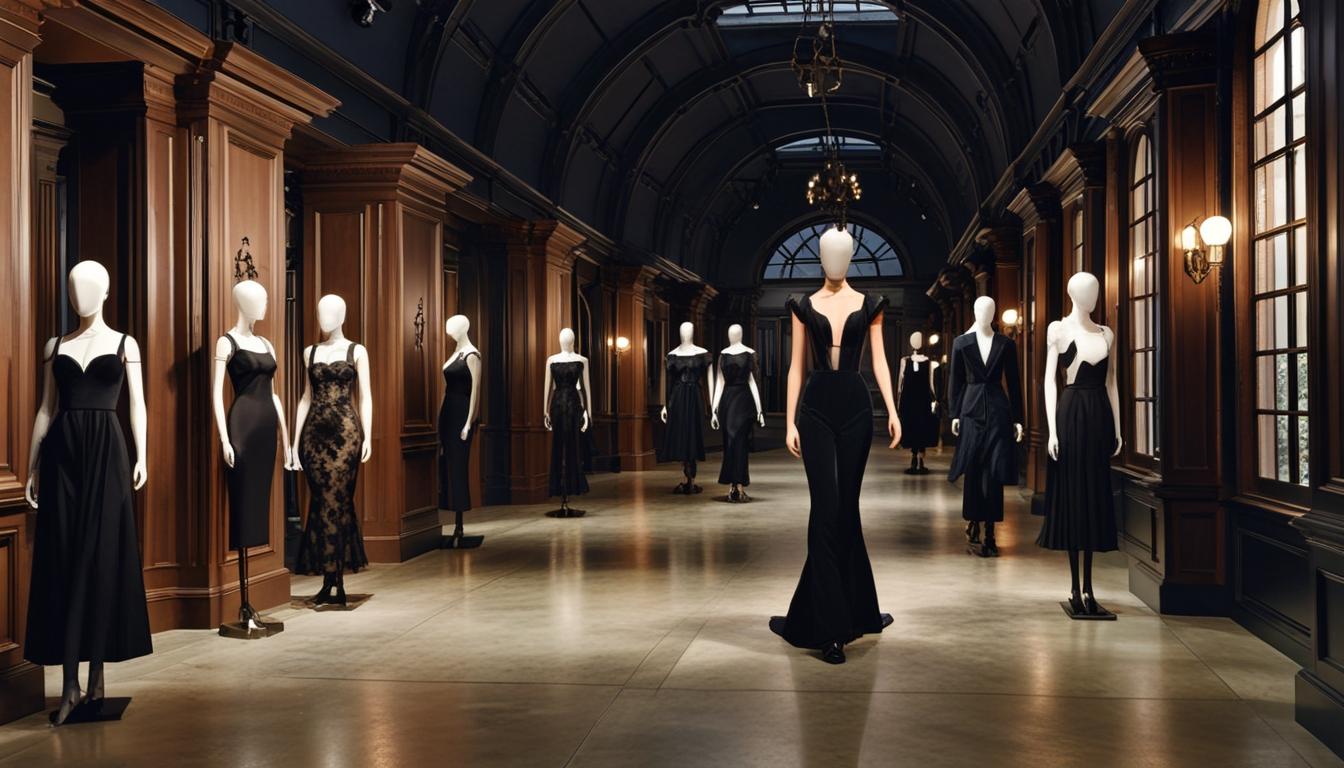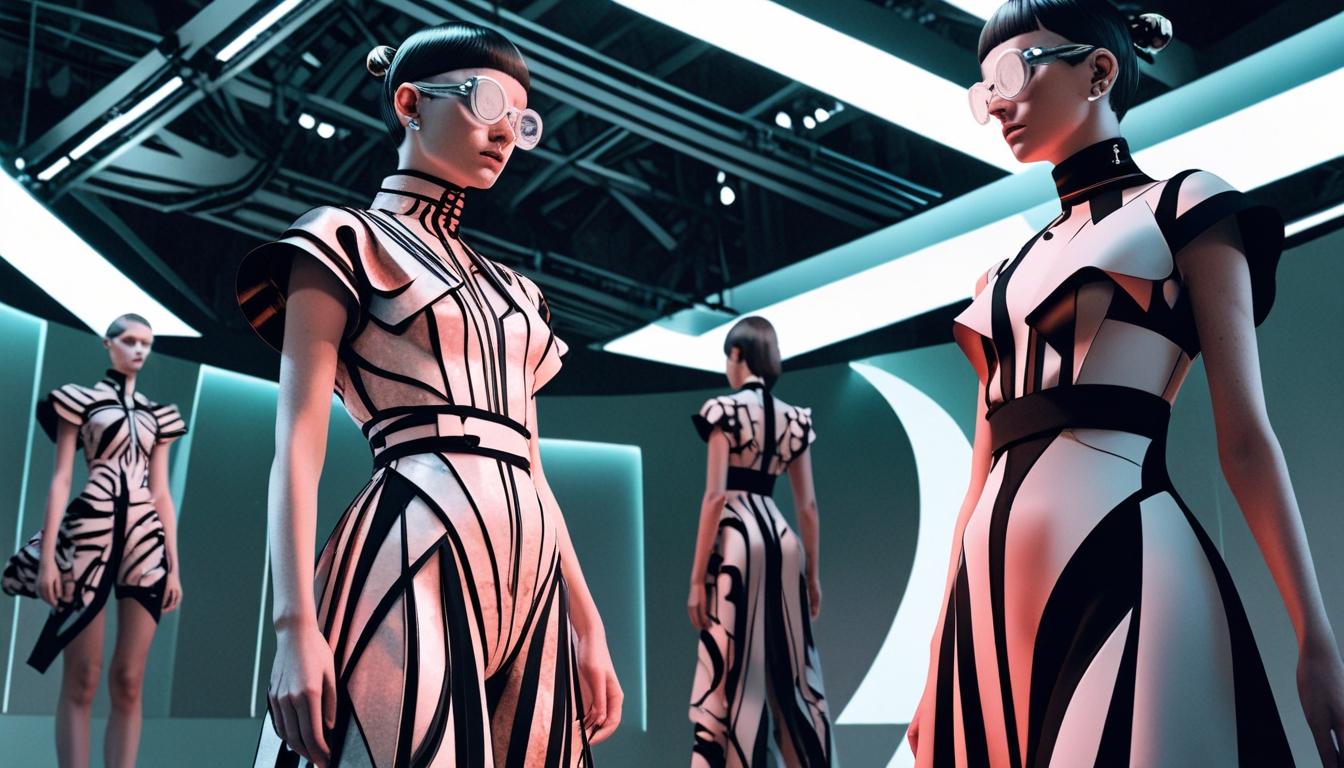Amidst the pressures of the fashion industry, designer Seán McGirr reflects on his evolving role at Alexander McQueen and showcases a collection that fuses historical inspirations with modern trends.
Backstage after his third show during Paris Fashion Week, Seán McGirr, the 36-year-old designer at the helm of Alexander McQueen, shared his thoughts on his growing confidence in his role. “I guess so?” he remarked, a slight emphasis on uncertainty in his voice. “I spend so much time with the incredible atelier. Really getting into it, you know? So, I guess so,” he explained while speaking to The Guardian.
The fashion show took place in a striking venue—the Royal Cabinet of Natural History, which dates back to 1785 and is part of the Natural History Museum in Paris. The runway was designed to resemble a catwalk but was distinctively narrow and adorned with wooden cabinets that once displayed scientific curiosities from around the globe. Models made their entrance through a luminous glass corridor, stepping onto the wooden runway as if they were emerging from an enchanted hall of mirrors.
The atmosphere and designs exhibited at the show seemed to resonate with a newfound confidence, which McGirr was modestly reluctant to claim as his own. “McQueen is about a waist,” he stated, reflecting on the collection’s focus. His creative vision for the season drew inspiration from Charles Dickens’ autobiographical essay “Night Walks,” which details the author’s insomniac excursions through London. This unconventional choice paid homage to the legacy of Lee Alexander McQueen, whose first collection famously referenced “Jack The Ripper Stalks His Victims.
The show commenced with sharply tailored black garments that employed a combination of fluidity and structure, showcasing exaggerated silhouettes characterized by pinched shoulders and high collars. McGirr emphasized that he had “taken pieces from the archive and reworked them for today,” blending past inspirations with current fashion trends.
As the runway progressed, the collection featured flounced dresses accentuated with lace-up Victorian-style booties and paired with modern accessories, such as black sunglasses. McGirr explained that he was influenced by the concept of the “modern dandy,” particularly drawing inspiration from the literary figure of Oscar Wilde, with whom he resonated growing up in Dublin. The color palette of the collection included vibrant blood red, soft dawn-sky lilac, and a unique green reminiscent of absinthe or Wilde’s signature carnations. The pointed shoes drew from a collection of vintage styles discovered from 1994, showcasing a distressed charm.
The current climate of fashion presents both challenges and opportunities for McGirr. The pressure to deliver commercially successful designs has been heightened due to declining sales trends, resulting in a series of high turnover rates among creative directors in the industry. Additionally, the recent return of Sarah Burton, McGirr’s predecessor at McQueen and now the leader at Givenchy, introduces further competition within the field.
Conversely, the evolution of fashion trends appears to be shifting in favor of McGirr’s vision, as there is a resurgence of hourglass tailoring and a movement away from the oversized, unisex silhouettes that have dominated recent seasons. Some analysts attribute this change to various cultural influences, including perceptions related to body image and gender identity. Regardless of the reasoning, this trend revitalizes the appreciation for the defining features of McQueen’s style, including an emphasis on waists, heels, and distinctive lace detail.
Source: Noah Wire Services




